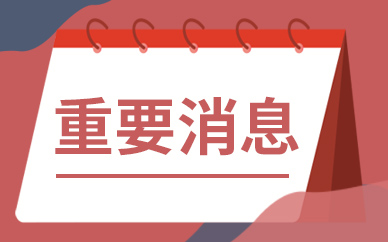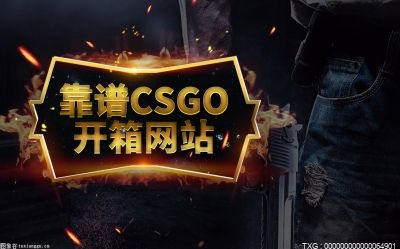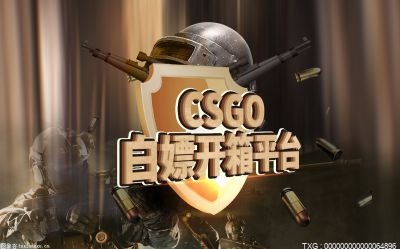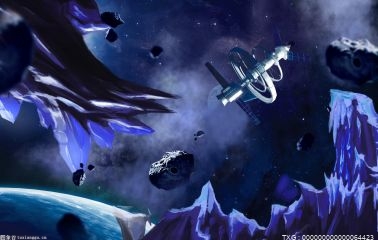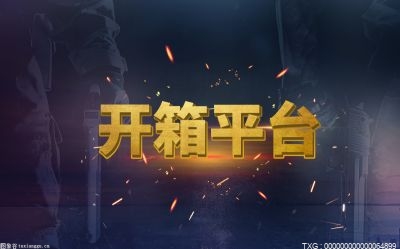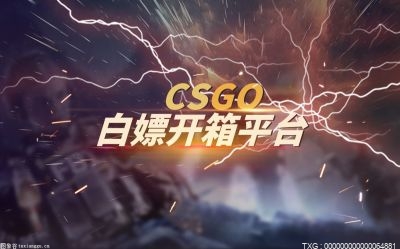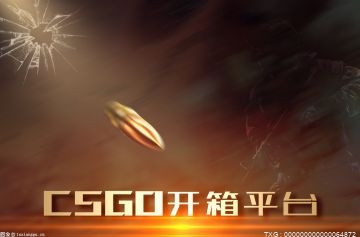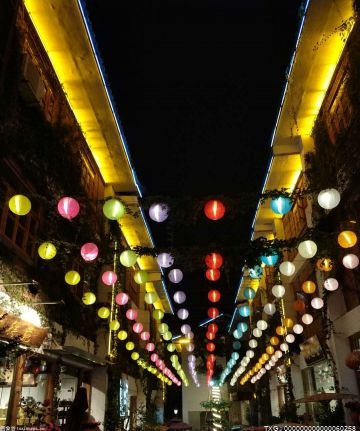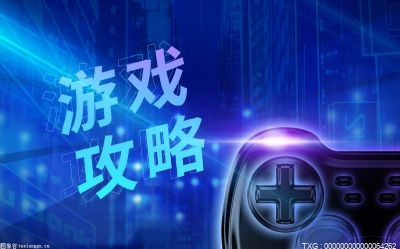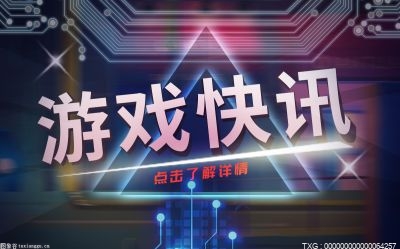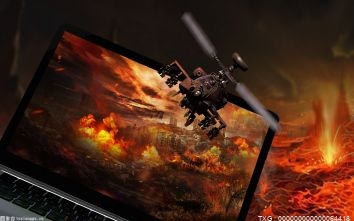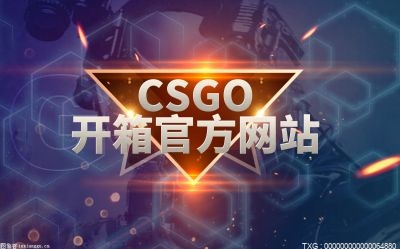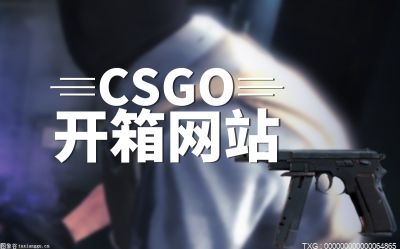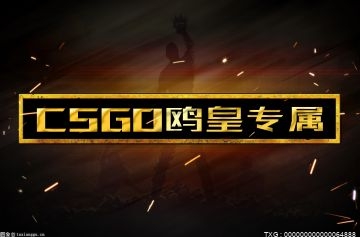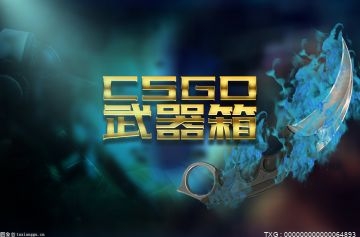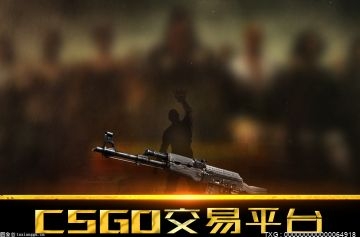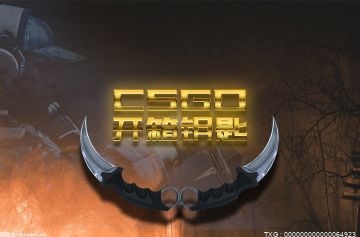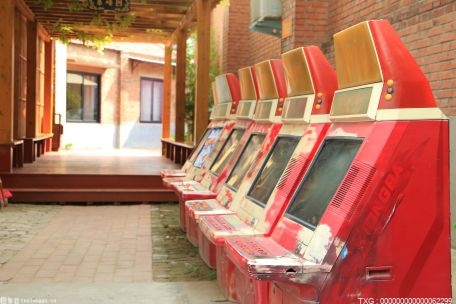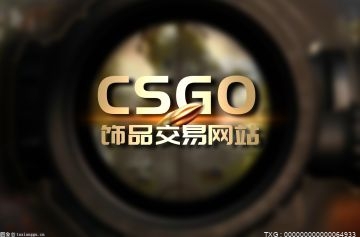It"s been a while after my last post. Below is a short essay of Miyazaki Hayao"s movie Princess Mononoke. This is written in English only because it"s for my Anime class. I am really not a good English writer lol. Oh, we"ve also watched Nausicca of the Valley of the Wind in class, which is a good movie as well and maybe a litte easier to analyze. But Princess Mononoke has special meanings. Anyway, if you"ve watched the film already, I hope you enjoy it.
As an anime lover, I am not a big fan of Miyazaki’s movies before a friend of mine recommended a bunch of Miyazaki’s movies to me. She said that Princess Mononoke is her favorite, and I think I understand partly what she meant by that after watching this movie myself. Contrary to modern anime, Miyazaki’s movies are very different, partly because they show a strong sense of humanism in a unique touching and tale-like style. However, in Princess Mononoke, the whole tone of the movie is tense and realistic, in agreement with all the conflicts in the plot. In this essay, I will argue how all kinds of comparisons and contrasts are used in Princess Mononoke to characterize the conflict between human and nature.
Maybe one of the most striking features in the whole movie is the Iron Town, which, despite its name, sits within a huge forest with a very long history. From the very first overview of the Iron Town, we see that among a large green area, the Iron Town is a brown construction covered in white smoke and dark shadows. This strong contrast in visualization almost immediately indicates that the Iron Town does not fit with the forest. Another interesting point is that compared to the front gate of Ashitaka’s original village which is basically a decoration, the front gate of the Iron Town is tall, intimidating and full of spikes. At the first glance, it seems that the Iron Town is a symbol of invasion and destruction of the forest. However, this is only part of the story.
After the overview, we see the people in the Iron Town. It’s not hard to see from their faces and short conversations that these people are kind and warm hearted. They trust and praise their leader, they are committed to their work, and they enjoy their lives. A noticeable comparison is that between men and women here. Women in the Iron Town carry more responsibilities and have higher social status than those in a traditional Japanese society. They are brave and determined. In the late part of the story, when the Iron Town was attacked with no men guarding, the women successfully guarded the town with their weapons. Also before the Iron Town was destroyed, Toki ordered the retreat very calmly. By looking at people in the Iron Town, we start to discover the duality that appeared everywhere in the movie.
What about the forest? At first glance, the forest is luxuriant and vibrant. A symbol of the forest is the small white spirits which make crackling voices. When Ashitaka and Kohroku entered the forest, Kohroku insisted that these spirits were scary and dangerous. However, Ashitaka was very friendly to the spirits, and asked them about the direction. As their response, more and more spirits appeared and showed Ashitaka the way, showing the hospitality of the forest. However, later we also see that there were conflicts among the different species (wolves, boars, chimpanzees) in the forest. This duality of the Iron Town and the forest tells us the first point concerning the conflict between human and nature: contrary to our intuition, nature might not always be “correct”, and humans are also not always “false”. This dilemma is far more than a single appeal saying that “humans should get away from the forest”.
To understand the dilemma better, we need to look at a pair of characters that again show dramatic contrast: San and Lady Eboshi. These two characters are representative of the divisions that they belong to. Lady Eboshi might be the character that shows the most duality. Throughout the film, we see that she is a very determined, ambitious leader. An interesting detail is that around 33:00 in the movie, when Eboshi is talking to the folks in the Iron Town, the camera is behind some spikes. This scene might indicate her determination and ambition to conquer and destroy the forest. However, Eboshi did so only in order to protect her own people. In an era of frequent wars, Eboshi provided a relatively safe shelter for many disabled people and women who were slaves and discarded. Without invading the forest, the Iron Town could not possibly grow into a place where people enjoy their lives. For the interests of her people, Eboshi’s actions are justified.
On the other hand, albeit a human child, San was raised up by the wolves. Her clothes and ornaments are obviously self made, showing her connection to the forest. Unlike Eboshi’s determination, San was constantly confused about her identity as a wolf or as a human. Around 57:00, when the chimpanzee said San didn"t care about the forest because she was human, San’s earrings shaked with a strange voice, indicating her uncertainty. Also, several minutes before this scene, when San tried to kill Ashitaka and Ashitaka said “you are beautiful”, San’s emotions were clearly evoked like a human. Despite her confusion of identity, San still fought for the forest, and used all her power to try to stop the boar king Okkoto from becoming evil.
Despite all the differences, one thing that Eboshi and San have in common is their hatred toward each other. This leads to the real question of the movie: if both human and nature have their valid reasons, what should we do? Should we reconcile their hatred? This is the answer chosen by Ashitaka. Ironically, Ashitaka’s curse comes from the hatred between human and forest, but Ashitaks tried to utilize the power from the curse to reconcile the hatred. During most of the time in the movie, Ashitaka is very calm, and he tries to fix this dilemma even at the cost of his life. This feature is very similar to the deer god, who, despite possessing the power of mastering life and death, tries to reconcile the conflict with kindness. When the deer god and Ashitaka got shot, their facial expressions were very calm, as if they did not feel the wound. When Eboshi tried to shoot the deer god the second time, the deer god let trees and flowers magically grow on her gun. This might also explain why the deer god saved Ashitaka’s life: he appreciated Ashitaka’s determination and bravery, and he hoped Ashitaka could reconcile the conflict.
However, the deer god didn’t cure Ashitaka’s curse. The curse comes from hatred, and it could also be viewed as an indicator of the conflict between human and nature. Everytime Ashitaka used the power of the curse to fight and kill people, the curse grew larger. Around 1:56:00, after the deer god was killed, the whole upper body of Ashitaka was covered by the curse. So it is likely that even the deer god doesn’t have the power to cure the curse, which also implies that the deer god alone is not able to completely reconcile the conflict and hatred.
But is Ashitaka’s answer to the question the same as Miyazaki’s? Maybe not. In the end, the deer god was killed, the old wolf and the boar king died, Jigo did not complete his mission, Eboshi lost an arm, and the Iron Town was completely destroyed. If Ashitaka and San did not return the head of the deer god, the ending might even be more catastrophic. This implies that maybe even Miyazaki doesn’t have a complete answer to the question he poses, but there is a temporary answer in the film, that is “to live on”. It first appears around 41:15 when the old man covered in bandages said that “we need to live on with all the suffering”. Then, around 55:00, Ashitaka said “I want to live on” when San tried to kill him. Around 2:00:53 after seeing the destruction of the Iron Town, Toki also said “as long as we survive, we could make it out”. Live on before we have a better answer. This might be Miyazaki’s temporary solution, as implied by the revival of the forest in the end. Around 2:05:35, we see the destroyed Iron Town was gradually covered in green. The scene was like a painting, evoking peace and hope. San said in the end that the forest wasn’t the old one anymore. This is correct: when we first see the forest, we see the skyrocketing trees showing history and wisdom, and in the ending scene, we see the grass symbolic of life and hope.
It is not reasonable when you write an essay on a Miyazaki’s movie without mentioning the music. The music in this movie maintains its high quality as in all other Miyazaki’s films. In the beginning of the movie, we hear violins that indicate danger in the black forest, followed by the theme song that sounded fairly epic, as though it was talking about the sufferings of people and the forest, the power of nature, the war between tribes, the conflict between human and nature, and the movement of history. Contrary to this song, in the ending we hear pianos played at a high pitch, telling the joy and hope of life.
Finally, besides all the comparisons and contrasts of all kinds of elements within the movie, the comparisons between Princess Mononoke and Nausicca of the Valley of the Wind are also noticeable. The two films are very similar, in terms of structure, characters and values. While Princess Mononoke uses different kinds of green to paint nature, Nausicca uses more of blue. Lady Eboshi and Princess Kushana are similar characters, and Nausicca and Ashitaka are also alike. Both films have open endings in the sense that the problem is not solved, but a more promising future could be expected, as Ashitaka said to San in the end:
“Together we’ll live. Yakul and I will visit you ---”
On a shiny day.


